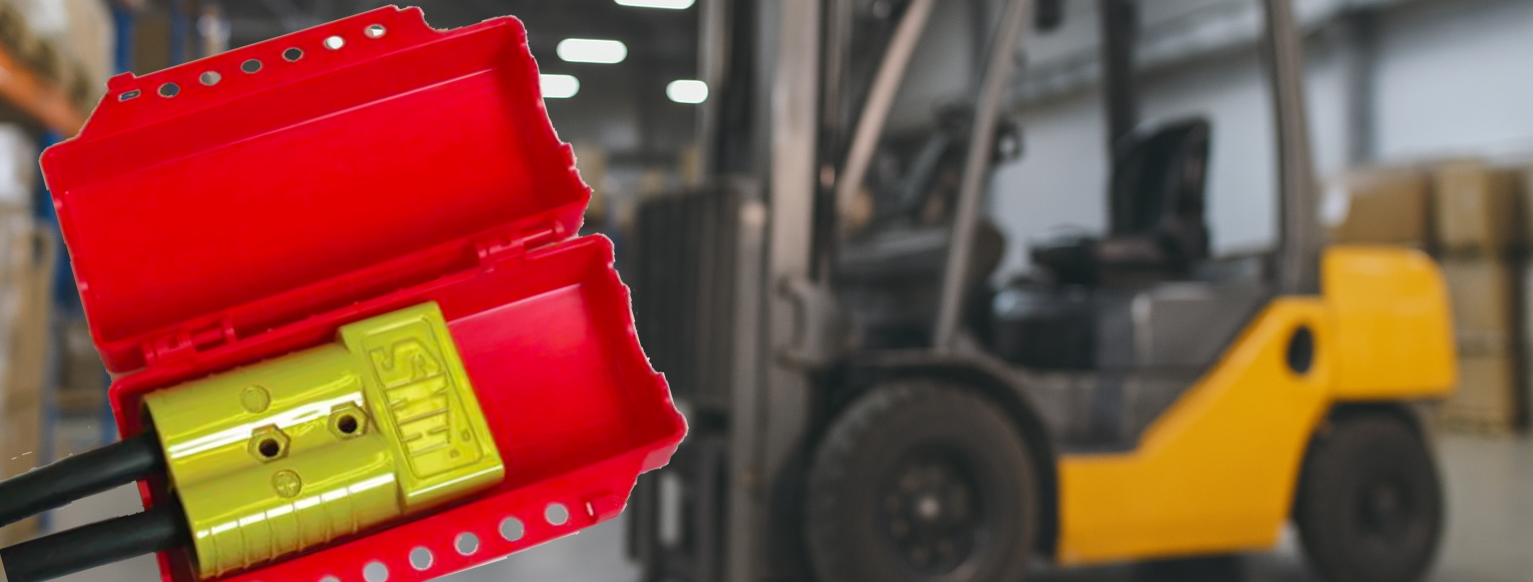Forklift Lockout Safety: Protecting Workers and Preventing Accidents
Posted by Zing Safety on May 24th 2023
Forklifts are essential—and risky. Proper lockout/tagout (LOTO) prevents unintended movement during maintenance and inspection. Use the guide below to implement forklift-specific lockout that’s simple, repeatable, and compliant.
Why Lockout on Forklifts?
Prevents unintended start, roll, lift, or tilt during service. Reduces collisions and crush injuries from unexpected motion.
What You Control
Electrical start circuits, battery connectors, LPG/diesel fuel supply, hydraulic energy, and stored mechanical motion.
Forklift Lockout: Step-by-Step
Identify energy sources: battery/plug, fuel, hydraulics, parking brake, mast/tilt.
Alert operators and affected staff; position unit in a safe area; chock wheels.
Lower forks/mast, neutral, set parking brake, key OFF, disconnect battery or fuel.
Use plug/battery lockout, steering wheel cover or tag, and padlock with personal tag.
Bleed hydraulic pressure; cycle controls to neutral; verify forks are grounded.
Try-start with key OFF/disconnected; confirm no movement or lift.
Perform maintenance with devices and tags in place.
Inspect area, remove tools, each tech removes their lock/tag, reconnect power/fuel, test.
Lower forks fully; relieve hydraulic pressure; secure mast/attachments before hands-on work.
Follow “one key, one lock.” Only the person who applied the lock may remove it, except under an approved emergency process.
Training & Compliance: Teach forklift-specific LOTO, verify annually, and document inspections. Align procedures with OSHA 1910.147 and your OEM manual.
Quick Pre-Lockout Checklist
Typical Energy Sources on a Forklift
- Electrical: Battery terminals, ignition circuits
- Hydraulic: Lift and tilt cylinders under pressure
- Mechanical: Raised mast or load carriage
- Pneumatic: Air-operated brakes or tools
- Chemical: Fuel lines (LPG, diesel)
Common Lockout Mistakes
- Leaving keys in the ignition during inspection
- Failing to verify zero energy before maintenance
- Using shared locks or unlabeled tags
- Bypassing procedures to “save time”
Forklift lockout safety protects people and productivity. Standardize your steps, train operators and techs, and audit regularly—so every service task begins and ends safely.

